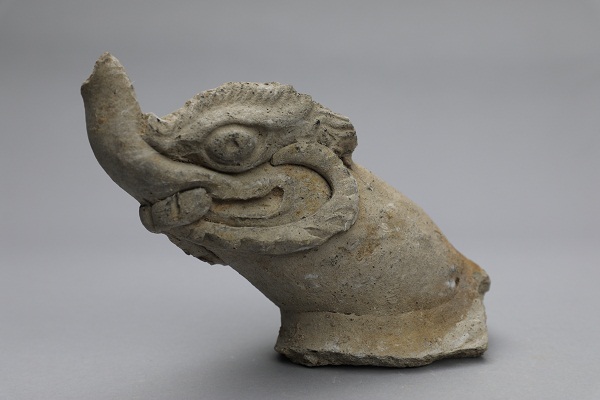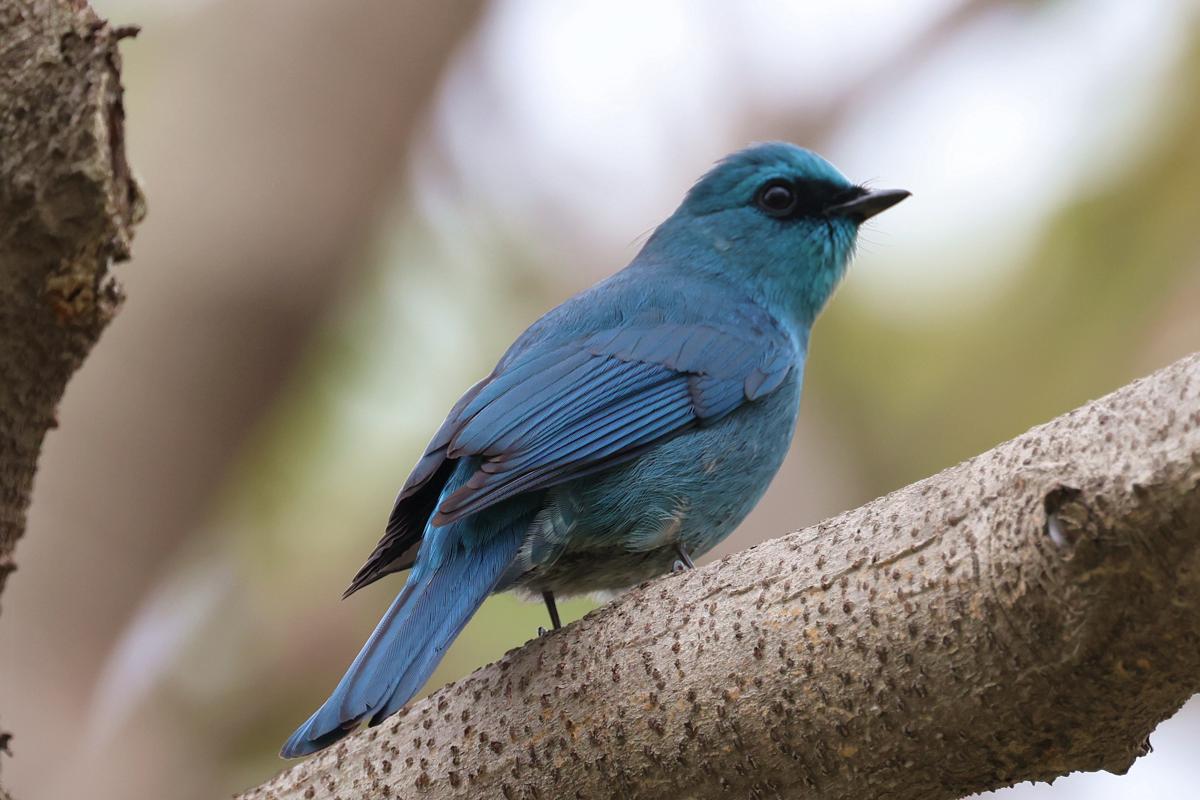A place at home with history

A relic unearthed from the site of Southern Clan Office. [Photo by Zhang Tao For China Daily]
But it is special: 73 stone carvings of lions or deities with human faces and lion bodies indicate their past may be linked with something other than Buddhism.
"They resemble Hindu temples in the south of India during the Chola Dynasty (third century BC-AD 13th century)," Shi says. "It reveals a piece of precious information: there was a Hindu temple in Quanzhou before the 13th century whereas other places in ancient China rarely had such a structure."
Hindu decorative patterns are also visible on the stone pillars along the corridor of the main hall. Among the 24 pieces of relief on the pillars, nine are about Hindu deities, including Shiva, Vishnu, Krishna, and other stories from epics such as Mahabharata and Ramayana.
"But local styles also influenced the form of the pillars and its Hindu patterns," Shi explains. "Their counterparts in southern India have a more realistic style while these carvings are more impressionistic, showing a mixture of different cultures."
When the main hall of Kaiyuan Temple was rebuilt in 1637, these building materials were moved from the abandoned Hindu shrine to this site.
"In a well-established Buddhist temple, which had almost a one-millennium history by then, people would use architectural components from Hinduism in renovation," Shi says. "It's a rarely seen cultural phenomenon, but it just shows inclusiveness of Quanzhou culture, which is deeply rooted in the tradition of this city."




